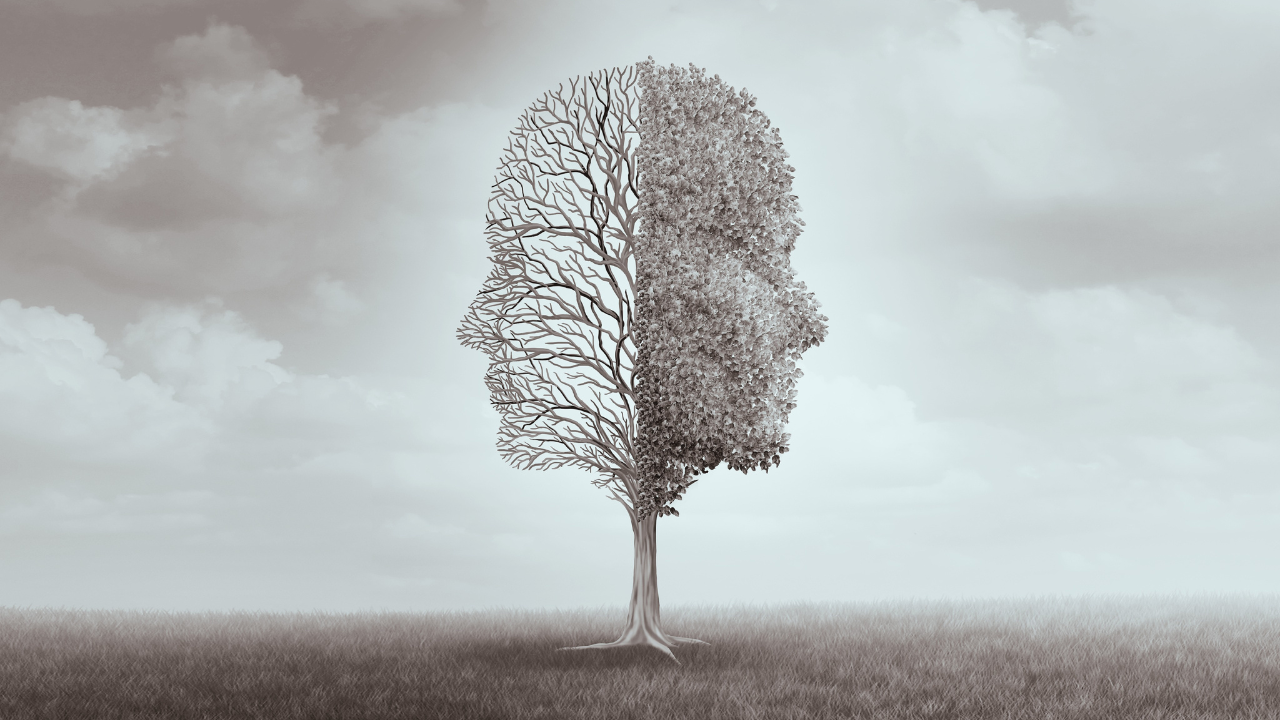Seasonal Affective Disorder
Oct 06, 2022
Did you know that changes in weather can affect your mental health? Seasonal
affective disorder (SAD) can occur during any season, but most commonly occurs in
late fall. While the specific cause of SAD is unknown, it’s generally believed that
abnormal levels of melatonin and serotonin production play a role in the
development of SAD. As the seasons change, the production of these hormones in
our bodies shifts. People with SAD have been found to have too much melatonin in
their bodies, which can increase sleepiness. They have also been found to have low
levels of serotonin in their bodies. One common way to increase the production of
serotonin in your body is through exposure to sunlight. The reduced level of
sunlight in the fall and winter is believed to contribute to the development of SAD. In
Michigan, people usually start to feel symptoms associated with SAD around
October or early November. As we enter a period with less sunlight, think about
whether any of these symptoms apply to you.
Symptoms
Some commonly cited symptoms that could indicate a seasonal affective disorder
include:
- Oversleeping
- Changes in your appetite
- Lowered libido
- Weight gain
- Low energy
- Having thoughts of not wanting to live
- Feeling hopeless
- Having difficulty concentrating
- Losing interest in activities you used to enjoy
Evidence-Based Treatments
Phototherapy, antidepressants, and cognitive behavioral therapy are the most common treatment methods for SAD. Before trying one of the treatments, make an appointment with a health care provider to discuss your options and which treatment will work best for you.
Phototherapy (light therapy) is one of the most common treatments for SAD. With this treatment option, you purchase a light box that can mimic outdoor light. It is generally recommended that within an hour after you wake up in the morning, you spend 20 to 30 minutes sitting in front of the light box. It’s important to note that light boxes are not regulated by the Food and Drug Administration. Talk with your health care provider about your options and ask if they have any recommendations on which light box you should use. If you don’t want to use a light box, you can also increase your serotonin levels by spending more time outside in the sunlight. Another treatment for SAD is antidepressants. They work by helping to regulate the serotonin levels in your body, which can improve your mood. The other commonly prescribed treatment is psychotherapy. Research has found that cognitive behavioral therapy can be used to effectively treat SAD and provide long term results.
Prevention
While we don’t know entirely what causes SAD, we do know that there are certain steps you can take to reduce the effects of SAD. It’s important to eat a well-balanced diet and make sure you are incorporating exercise into your daily routine. You could try to get up a little earlier and spend some time outside or go on an afternoon walk. Some people have also found that it also helps to keep a diary and monitor how their mood changes over the seasons. If you think the symptoms of SAD are negatively impacting your life – don’t be afraid to ask for help! There are many effective treatment options available to help you regain control of your mood.

